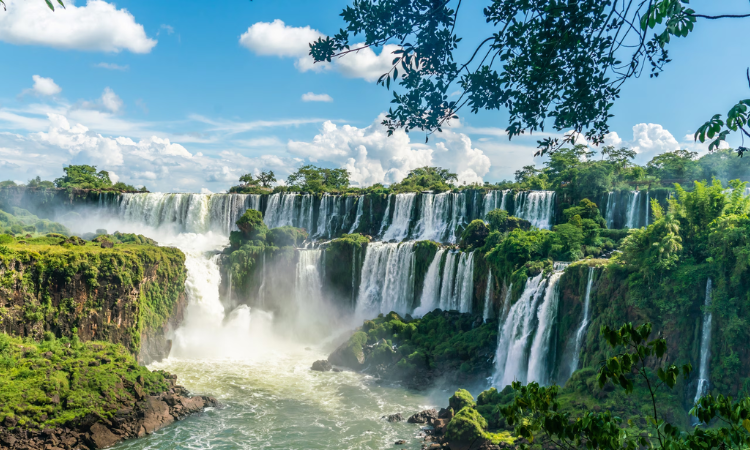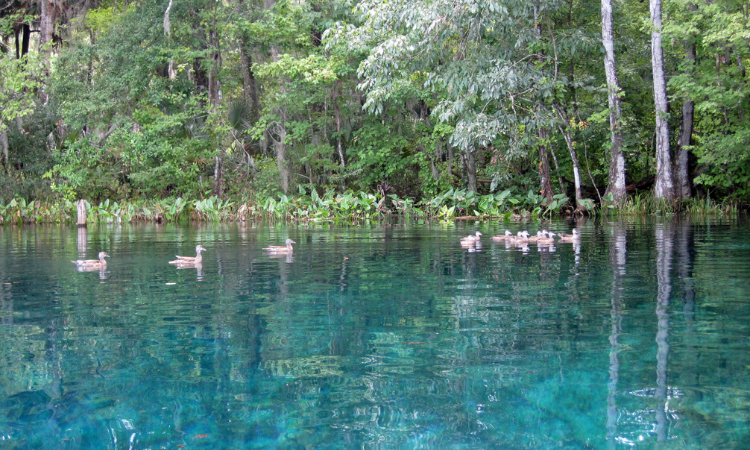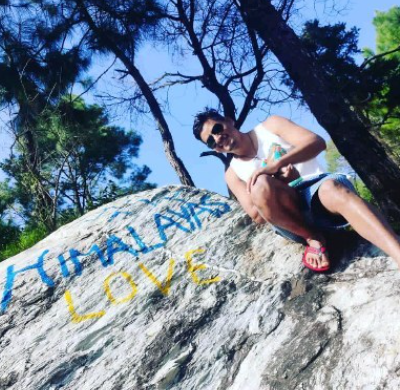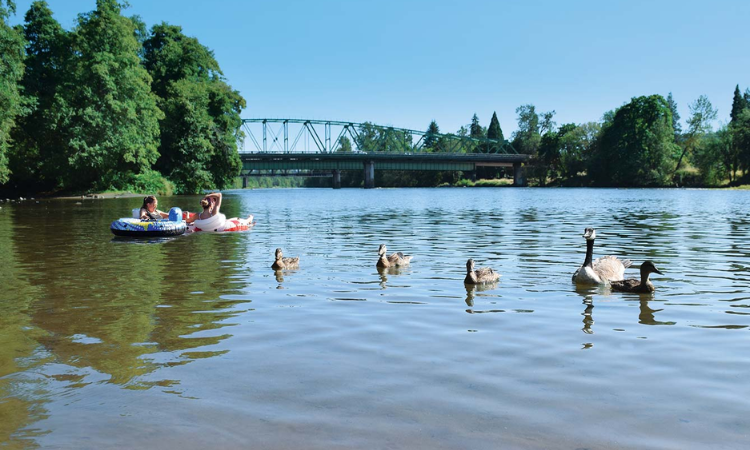As an avid river adventurer with over 7 years of experience in rafting, kayaking and canoeing on rivers across North America and Asia, planning a safe and enjoyable river trip requires careful consideration, especially if you’re a beginner.
In this comprehensive guide, I’ll share my top tips on how to plan your first river adventure based on lessons learned from my 120+ river expeditions.
Choose an Appropriate
River The first step is selecting a river that matches your skill level. As a beginner, it’s wise to start with a Class I or easy Class II river. These rivers have small waves and clear channels without major obstacles. Some examples are:
- Colorado River through Glen Canyon
- Lower Sacramento River in California
- Snake River through Grand Teton National Park
Stay away from Class III+ rivers before you gain experience as they contain large waves, narrow passages, and other challenges requiring advanced techniques.
As your skills progress, you can attempt more difficult Class III rivers like the Gauley River in West Virginia or the Rogue River in Oregon. I highly recommend taking a formal swift water rescue course before paddling rivers at this level.
Select a River Section
Rivers have different sections with varying difficulty levels. As a beginner, stick to the easiest stretch. For example, the Colorado River through the Grand Canyon has over 200 miles of varying rapids. Focus your first trip on the smooth water float through Glen Canyon instead of the intense whitewater further downstream.
To identify the best section, consult river guides from local outfitters. I also use American Whitewater and regional paddling clubs to research river gradients, obstacles, water volumes and paddler feedback.
Know the Water Flows
The river’s water volume and speed, known as flows, impact the difficulty level. High flows increase the challenge making some rapids impossible to navigate. As a beginner, go during low to medium flows when the river is more forgiving.
For regulated rivers like the Arkansas River in Colorado with controlled releases from upstream dams, check schedules to pick optimal dates. Use water gauges provided by the U.S. Geological Survey to monitor flows on unregulated rivers. I check these daily leading up to a planned trip to confirm conditions are suitable.
Get Proper Gear
Having quality gear designed specifically for river adventures enhances safety, comfort and enjoyment. As a beginner focus on these essentials:
- Helmet – Protects your head from collisions with rocks or equipment.
- PFD (Personal Flotation Device) – A Coast Guard-approved life jacket is mandatory for all river trips.
- Rafting paddle – Aluminum or composite blades with bent T-grips prevent strains.
- Throw bag – To quickly assist swimmers 50 feet away.
- Dry bags – Waterproof bags to keep personal items dry if capsized.
- River shoes – Sandals with sturdy straps stay firmly on if you swim rapids.
- Neoprene socks – Retain warmth if immersed in cold river water.
- Thermal base layers – Regulate body temperature and moisture.
Avoid bulky clothing that can weigh you down if wet. Dress in layers so you can adjust to the conditions.
As a beginner, I recommend renting a rafting paddle, PFD, and helmet from local outfitters until you better understand your needs from experience. Purchase your lifejacket after a few trips.
Use a Reputable Outfitter

Booking your first river adventure through an established outfitter ensures a smooth, safe experience. They provide all necessary equipment, experienced guides, support staff, and handle permits.
I recommend selecting an outfitter certified by America Outdoors showing they adhere to stringent safety standards. Additionally, check online reviews and ask about their guide certification and staff experience.
As a beginner, choose a paddling group with a 6:1 client-to-guide ratio allowing plenty of personalized instruction and assistance. Larger groups are better once your skills improve. I still sometimes join outfitter trips to experience new rivers with an expert guide leading the way. Guides share invaluable insights you won’t find in any book.
Learn Paddling Basics
Before your trip, take the time to learn fundamental paddling techniques from guides or online tutorials to make the most of your river adventure. Master these basics first:
- Lifting and carrying a kayak or raft safely. Use your legs not back!
- Proper paddle grip and hand placement on the T-grip. Helps maximize power and avoid strains.
- Forward/reverse paddling plus front/rear turning sweeps. Essential moves once on the river!
- Self-rescue techniques like swimming rapids or flipping a capsized raft. Critical for safety if you flip.
- Securing gear so it stays with craft during flips. Prevent losing equipment.
- Entering and exiting a kayak or raft cleanly. Move seamlessly on shore and river.
Practice paddling techniques on flat water to develop confidence before tackling moving currents. I cannot stress enough the value of swift water safety training for beginners.
Prepare for Emergencies

While rare on beginner rivers, accidents happen. Be prepared by:
- Learning how to self-rescue and swim rapids wearing a PFD.
- Understanding commands guides used to coordinate group safety.
- Having a waterproof first aid kit readily available for injuries.
- Knowing the evacuation route to exit the river in case of emergency.
- Sharing detailed float plans with friends/family in case rescue is needed.
Staying calm and following guide instructions is key in emergencies. Listen to their expert advice and let them coordinate response efforts.
Respect the River
Rivers inherently carry risks demanding respect. As a beginner remember:
- Always wear your PFD when near riverbanks.
- Pay attention and avoid distractions that inhibit focus.
- Follow guide directions for your safety and that of the group.
- Recognize rescue efforts are extremely difficult, especially in high water.
- Know when to say no if conditions seem beyond your skill level.
Building experience safely and having fun should be your main objectives as a beginner river runner. Master fundamentals before progressing to more extreme paddling.
River adventures create lasting memories and friendships when done responsibly. As your skills grow, even Class V rivers like the Colorado through the Grand Canyon become attainable goals I wish for all paddlers to achieve.
Stay safe out there and see you on the river!
Also Read – Guide to Rivers in South America – Travel Tips and Top Highlights

Sandeep Karki is a passionate travel writer with a Master’s degree in Environmental Science and over 8 years of experience exploring and documenting the world’s most pristine natural landscapes. As the sole writer for RiverandEarth.com, Sandeep blends his love for travel with a deep understanding of environmental sustainability, offering readers unique insights into eco-friendly travel destinations, outdoor adventures, and cultural experiences. His work emphasizes responsible travel practices that respect and preserve the environment.
Follow Sandeep on Instagram and YouTube for more travel stories and tips on sustainable exploration.
